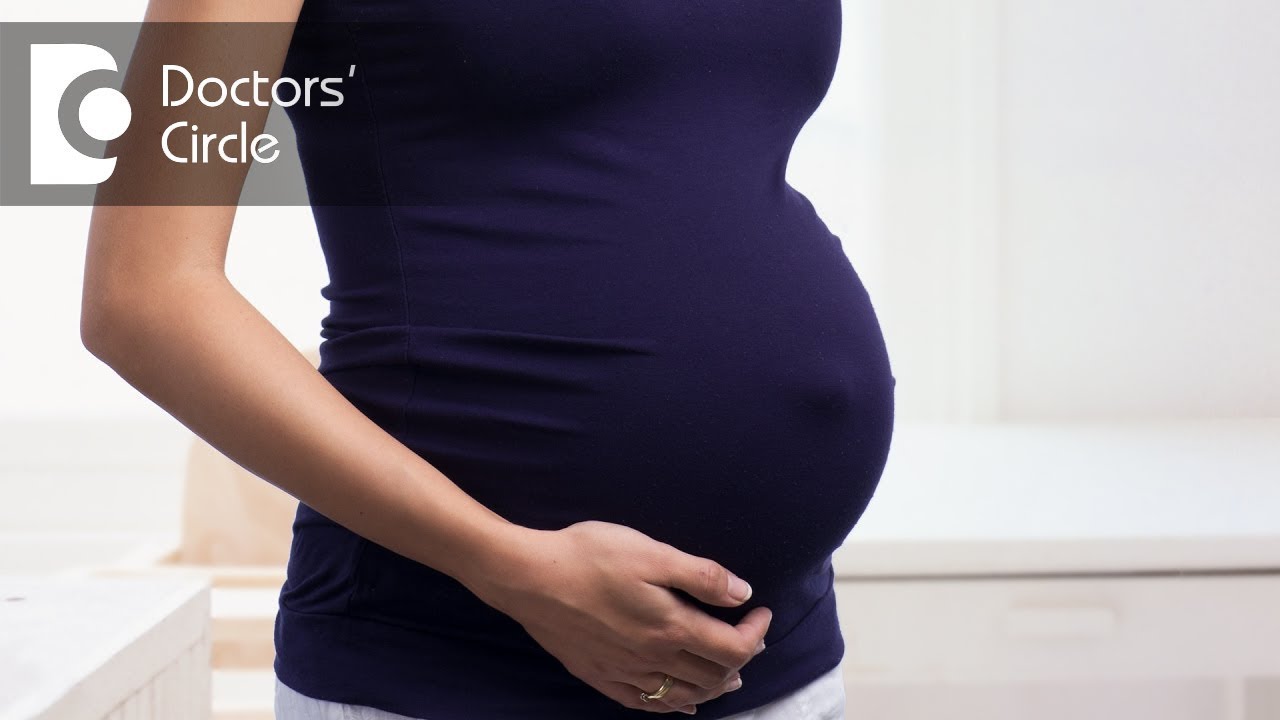
Subchorionic bleed or hematoma is the accumulation of blood between forming placenta and uterus, uterus and the forming gestational sac.This is the most commonly ocurring condition in a live embryo.Vaginal bleeding affects 20% of all females in first trimester of pregnancy and the outcome depends on the size of hematoma or gestational age, mothers age. Small hematome if size is less than 20% of gestational sac or large if more than 50% of gestational sac.Causes are unknown, his may be resulting from trophoblast embedding into uterus.Sometimes these hematomas can be seen in females under blood thinners. Sometimes there are no symptoms, outcomes are varied, small hematomas can be presented only as abdominal cramps.This can regress on its own or sometimes cause growing placenta to detach from attachment site causing miscarriage.Management is complete bed rest, hydration, no lifting heavy weights.Avoid constipation and coughing and sexual intercourse.Iron and folic acid should be continued., exercises should be avoided and healthy diet should be included. Follow up ultrasound should rule out subchorionic hematoma, check the size, and growing embryo.Routine blood examinations. Special tests, APLA syndrome, ITP and SLA when patents have history of miscarriage.Some doctors start progesterone oral or vaginal,some wait and watch , sometimes injections of hcg can also be given weekly till 11-12 weeks of pregnancy.Some doctors given heparin when APLA positive. Anti bleeding agents like traneximic acid can also be given.